Craft a unique message tailored for your loved one
Write your own message below and choose when you'd like us to send it to your special one


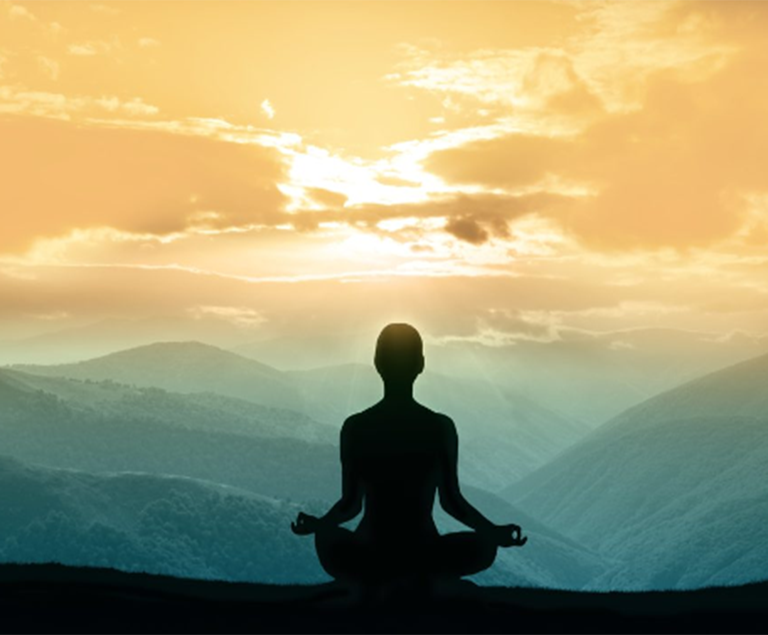
Mindfulness is an innate characteristic to us humans. When we practice mindfulness, we are practising the art of creating space for ourselves—space to think, space to breathe, space between ourselves and our reactions to the things around us.
While this sounds fairly simple at first sight, it is not necessarily all that easy. The real work is to make time and effort to be aware and live in the moment every single day.
Feeling that this is daunting now that the task has been laid out? Well, fret not, for we have three short practices to get you started with becoming more mindful.
The raisin exercise

A great introductory exercise for beginners to start practising mindfulness, the raisin exercise can be attempted by anyone with any kind of food (although this works best with an interesting or unusual texture, smell, or taste, like raisins or prunes).
This is how the exercise works. Take a pack of raisins and pick out a piece. Then pretend that you have never seen a raisin before, this means cleansing the mind of any prejudice and experiences about the raisin. Then, examine the raisin closely, noting these few qualities:
This exercise probes us to focus on a single object (raisin), bringing our minds to the present, to what is right in front of us. Realise that while we may be accustomed to raisins, we are not used to taking time to actually notice them and in so doing, momentarily forgetting about all the other fleeting matters in life.
Body Examination

Another great exercise to try is the body examination. Also known as the body scan, one starts by lying down or sitting down in a position that they can hold for a prolonged period of time. Then, set a time limit of ten to 15 minutes. During this time, we will be focusing on different, perhaps normally trivial parts of our bodies. Feel your breath. Follow the sensations of breathing in and out and do not change its rhythm.
Then, pay close attention to the body. How it feels, the texture of clothing against the skin, the contours of the surface on which the body is resting on, the temperature of the body and the environment. Finally, bring awareness to the parts of the body that are tingling, sore, or feeling particularly heavy or light, could they be your toes or your fingers. Notice if you start moving, or if your mind starts wandering elsewhere. It is perfectly normal to lose some focus so when it happens, just pull yourself back into the exercise. Practice this as part of a weekly routine and watch how it improves both your physical and mental health!
Abstract vision

This last exercise will require a picture or a window space with objects to look at. Look at everything there is within this parameter. Then, rather than naming each item seen (ie: person, swimming pool) and glossing over to the next thing, notice the object’s colour, pattern and texture. Is the swimming pool blue? What colour are the tiles? How deep is it? Note that through this, do not become fixated on the item and be critical of anything, simply observe the details and carry on.
These exercises are simple but an effective way to promote mindful thinking, which is imperative in today’s world where we are often plagued with anxiety, worry and negativity. Yes, there will be times during the exercise where you might stray and that is totally okay. The point here is to catch yourself doing it, and gently pushing yourself back into the groove of the exercise!
Enjoyed this article? Check out our previous article on brain workouts that you can try!

Designed in exclusive collaboration with the iconic British heritage brand - Morris & Co.. The chemistry between Minimalism & Maximalism!
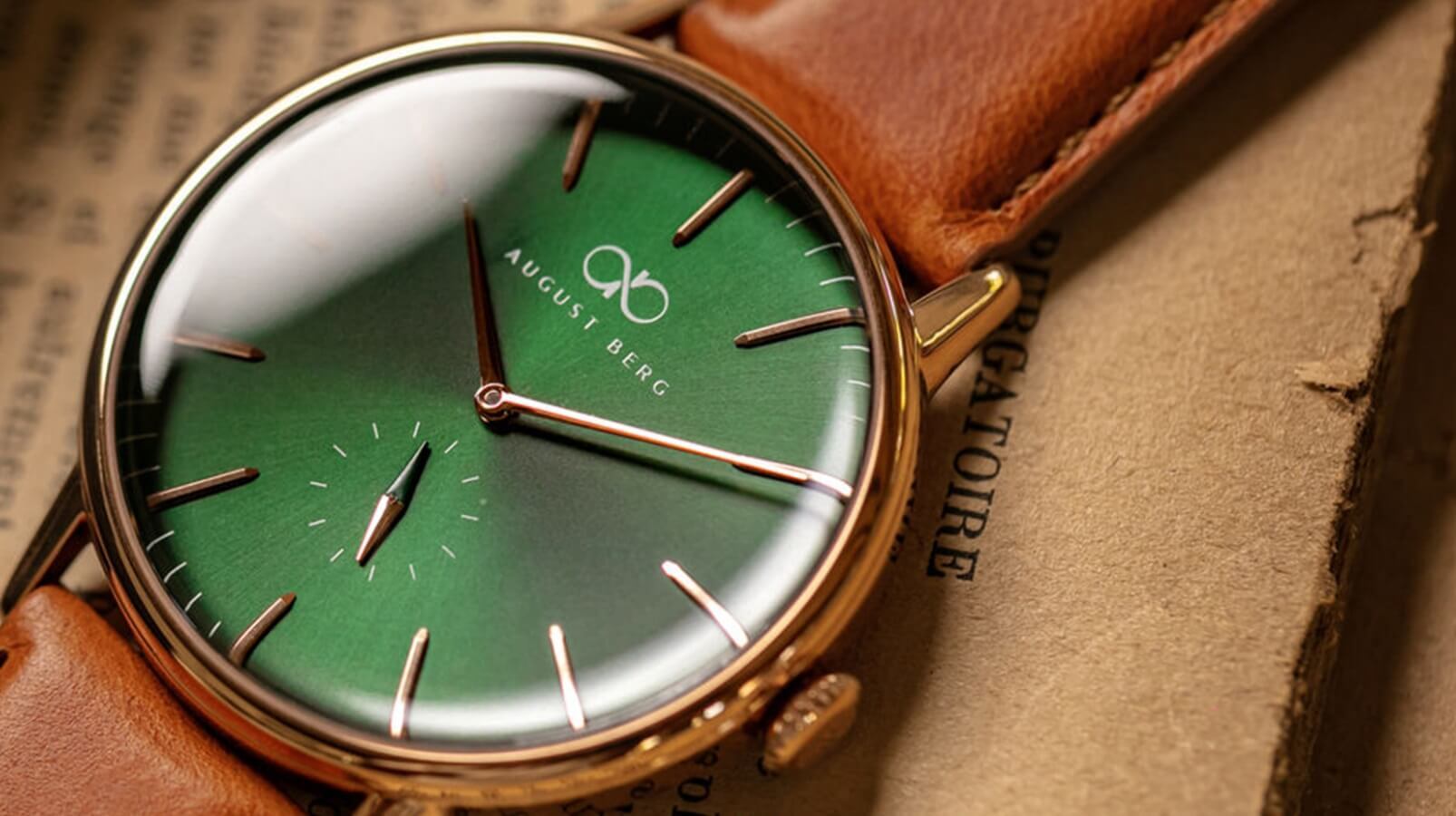
Designed by Magnus Joergensen with Minimalism philosophy of both Modern & Vintage, making it last in time.
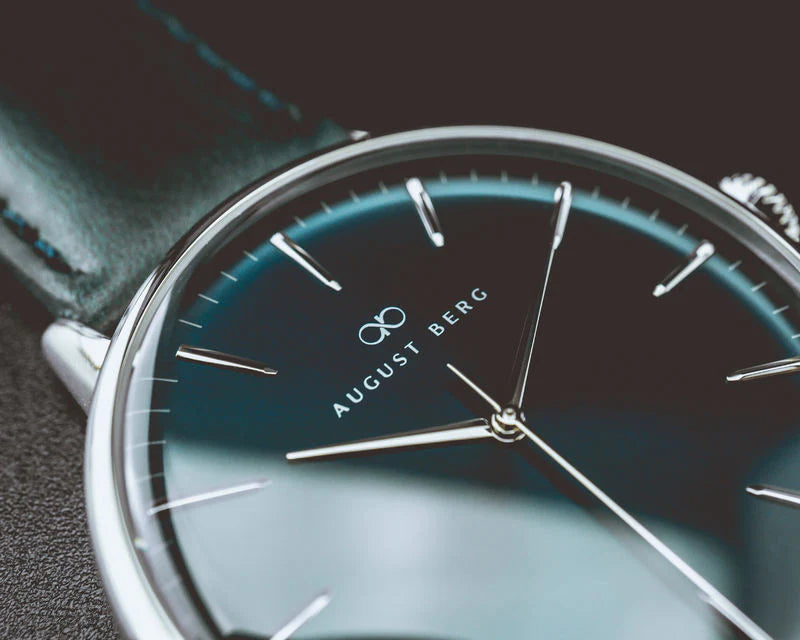
Equipped with anti-reflective & scratch-resistant glass, made of specialized single-dome sapphire crystals - Serenity collection
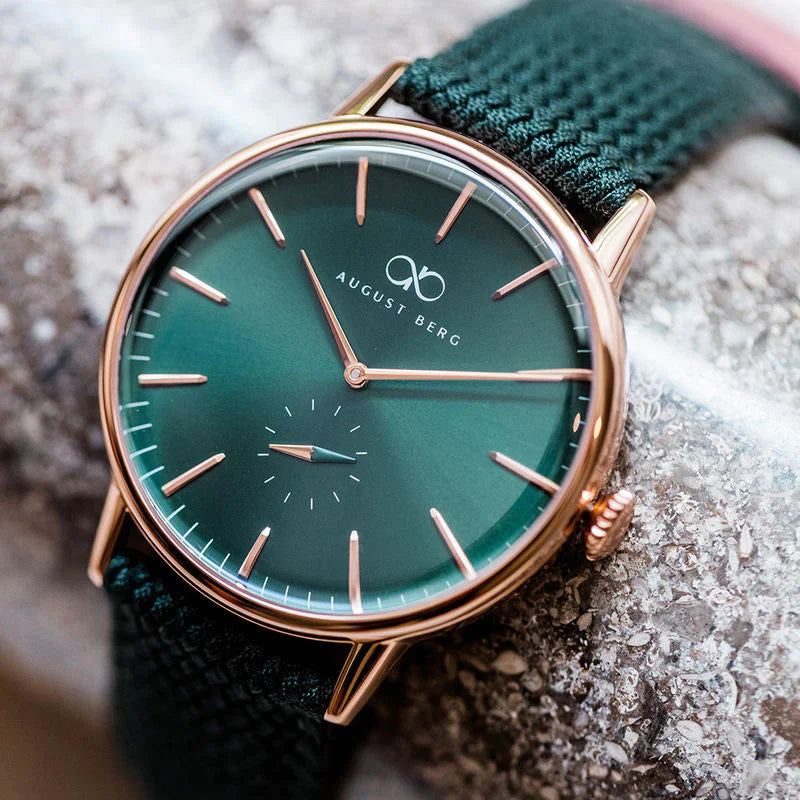
Crafted with meticulously chosen Japanese Miyota Quartz movement, ensuring precision & the utmost accuracy in timekeeping.
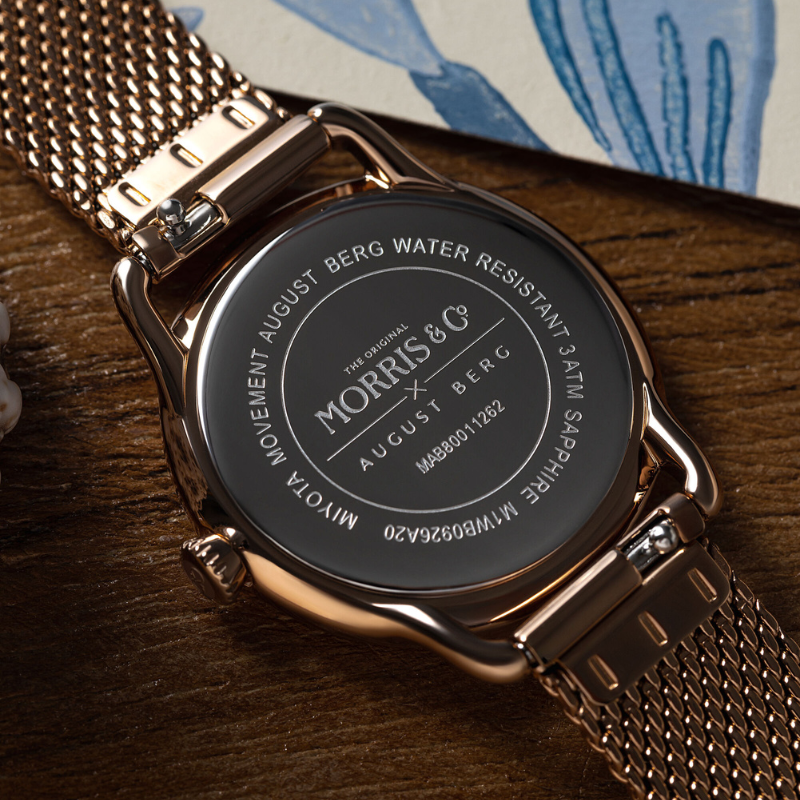
Can be engraved with your own message, making it a perfect meaningful gift for your loved ones.

With every watch sold, we help gift a child with 6 month of quality education in Asia & Africa. And, with every 20,000 watches sold, we will build a school with Human Practice Foundation. But why education?

Delivered in sustainable & reusable Bamboo Boxes, certified by Forest Stewardship Council®

August Berg supports Carbon Removal for every shipment, ensuring that your delivery is carbon-neutral, and certified by Carbon Direct.